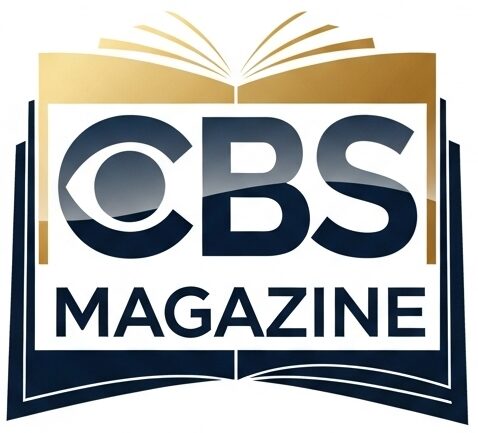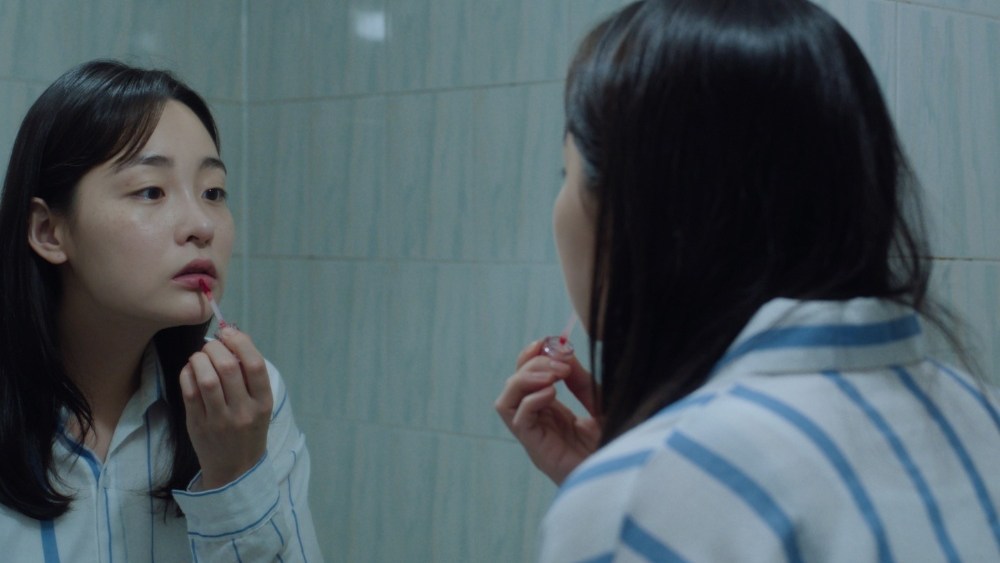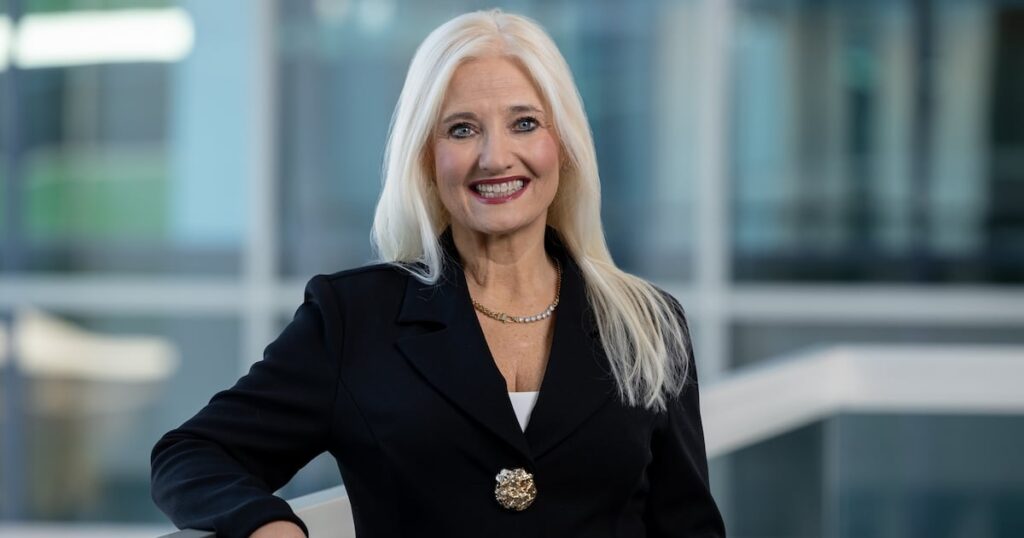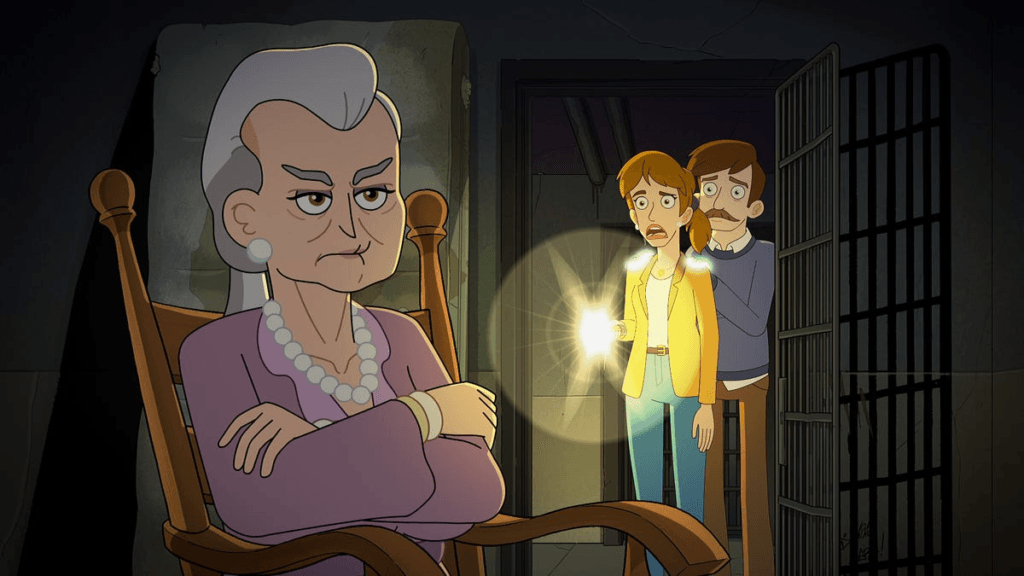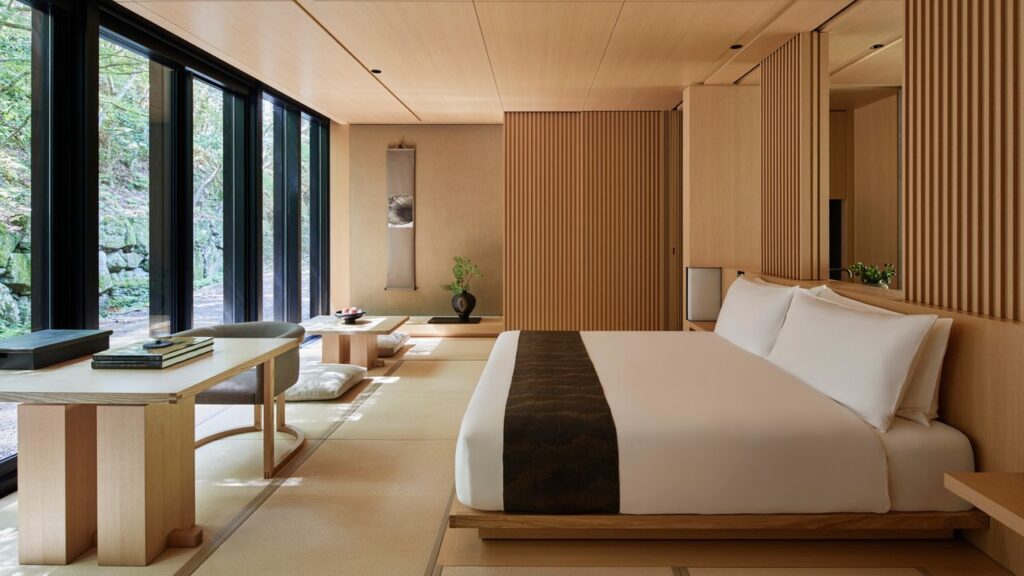Danish director Frederik Sølberg’s “Hana Korea” emerged as a crowd favorite at this year’s Busan International Film Festival, taking home the Flash Forward competition audience award for its nuanced portrayal of North Korean defection and resettlement.
The film, which world premiered at BIFF, represents a creative journey that began with a chance encounter in Seoul and culminated in an equal Danish-Korean co-production that challenges conventional filmmaking models.
“Fifteen years ago, I traveled to South Korea for the first time,” Sølberg recalls of the project’s genesis. “On my first evening in Seoul, I walked into a restaurant and struck up a conversation with two Korean men who had taken part in some kind of war memorial event. Their English was limited, but they managed to express how deeply they were affected by the division of Korea. I remember one of them said to me: ‘All we want is hana Korea’ — which means ‘one Korea.’”
That encounter planted a seed that would eventually bloom into a feature film, but not before years of research and relationship-building. Sølberg’s fascination with Hanawon, South Korea’s integration center for North Korean refugees, led him to make a radio documentary about the facility. “That experience planted the seed for a film – not about North Korea itself, but about the transformation the North Koreans go through, a film about what it means to be North Korean in South Korea.”
In 2019, while researching with Danish producer Sara Stockmann and Korean producer Heejung Oh, the team met Hyorin, a young North Korean woman whose experiences would inspire the film’s protagonist. “Hyorin immediately stood out,” Sølberg explains. “She shared stories I never expected to hear from a North Korean refugee. Her presence, her honesty, and sincerity left us awestruck.”
Crucially, Hyorin challenged Sølberg to tell her story. “At the end of our conversation, her message to me was: ‘I want you to make a film about this. I want you to do it — because you are not Korean. You are not part of the context.’” Since then, she has been involved throughout the process, even inviting Sølberg to her wedding. “Today we’re friends,” he notes.
The script, co-written with Sharon Choi (known for her work with Bong Joon Ho), transformed Hyorin’s experiences into the fictional character of Hyesun. “Sharon has a rare ability to combine deep insight into female experiences and life as a young Korean woman, with intellectual reflections over life, identity, and belonging, and with a sharp sense of structure, dramaturgy, and character development,” Sølberg says.
For the demanding lead role, Sølberg turned to Kim Minha, fresh off her acclaimed performance in Apple TV’s “Pachinko.” “I watched the Apple TV series ‘Pachinko,’ in which Minha stars and her performance absolutely blew me away,” the director recalls. “From the moment she walked through the door, it was clear that she fully understood the direction we were taking.”
For Minha, the biggest challenge was mastering the North Korean dialect. “When I first started working with a dialect coach, the very first thing they told me was to forget the dialects we usually hear in the media,” she explains. “To portray Hyesun’s hometown dialect from Ryanggang Province with more precision, I invested a lot of time and received sharp feedback from the coaches on every single take.”
The actor approached the role with careful attention to her character’s gradual transformation. “Hyesun is someone who is constantly on guard, quick to protect herself. But as she gradually settles into life in the South, she also becomes more flexible. I wanted to capture those shifts — her softening — through subtle changes in her expressions, tone, and gestures.”
Cinematically, Sølberg developed a visual grammar that mirrors Hyesun’s journey toward freedom. “Initially, I had a guiding principle, almost like a rule: using slow cinema tableaux, a fixed frame whenever Hyesun is limited, constrained, or under custody. In contrast, we would employ more vibrant, hand-held shots as she grows, adapts, and gains freedom.”
Working with DOP Stephanie Stål Axelgård, the team extended this concept beyond framing. “We defined how time, silence, blocking, lighting, color, and production design could all reinforce Hyesun’s emotional journey,” Sølberg explains. “For us it was overall important to work with a cinematic style that elevates and supports Hyesun’s emancipation: she is not only breaking free from the situation she has ended up in, she also breaks free from how the camera sees her and in that sense takes control of her own narrative.”
Central to the film’s structure are letters Hyesun writes to her mother — a device inspired by Hyorin’s actual correspondence. “Early in development, we were fortunate to gain access to Hyorin’s letters to her family,” Sølberg reveals. “They were deeply heartfelt, a stark reminder of the gravity of the choices she had to make, and of how central her family remained throughout her journey.”
For Minha, these letters provided crucial insight into her character. “Hyesun was inspired by a real North Korean refugee woman, whom the production team followed for five years while developing the script. I read her actual letters, and they gave me a great deal of inspiration. When I first received the script, what moved me the most was the voiceover and it felt very precious to me.”
“Hana Korea” represents an innovative approach to international co-production. Despite the Danish Film Institute being the main funder, the team established what Sølberg calls “an equal co-production structure.”
“We were convinced the film could not succeed – storywise or artistically – unless the Korean perspective was fully integrated from the very beginning,” he explains. “This is the framework under which ‘Hana Korea’ has been produced: our Korean producer and our Danish producer have worked as equal partners in every phase of the production, from early research to the final film, sharing a joint leadership role.”
The approach extended to the creative process, with extensive consultation with North Korean experts and defectors throughout production. “Over the years, we interviewed nearly 30 North Koreans and spoke with experts and staff,” Sølberg notes. “For us, it was crucial to create a film grounded in real experiences rather than simplified narratives.”
“Hyorin constantly reminds us that this story is not abstract. It’s real,” he adds. “That gives a feeling of responsibility — that we need to do our best to make a film that somehow pays respect to Hyorin and her fellow North Koreans. To make a film that makes them feel recognized.”
With REinvent handling international sales, “Hana Korea” is positioned for wider festival and theatrical release.
